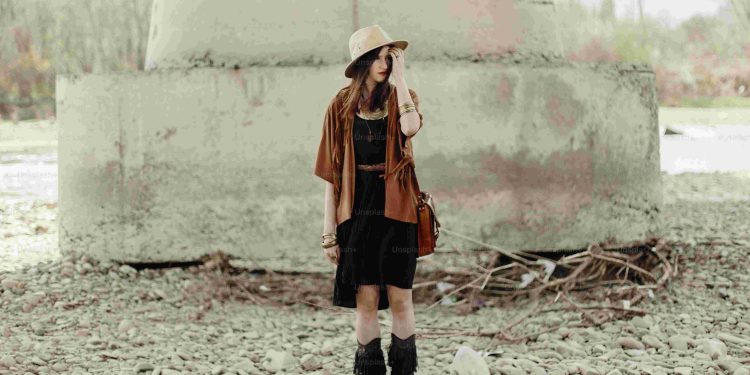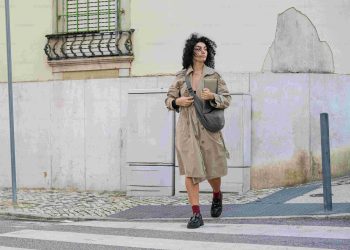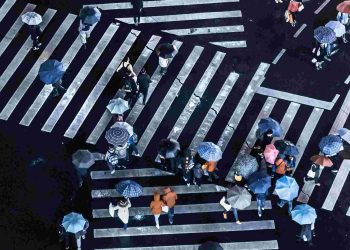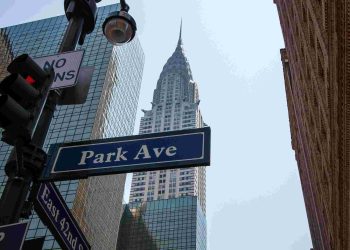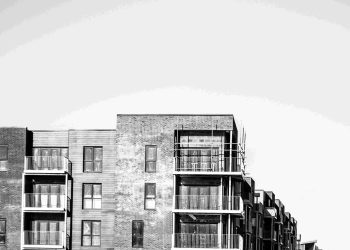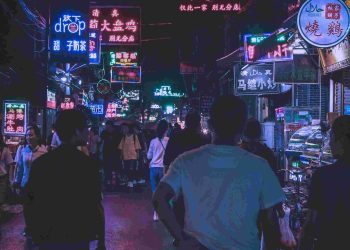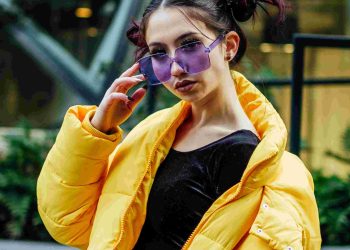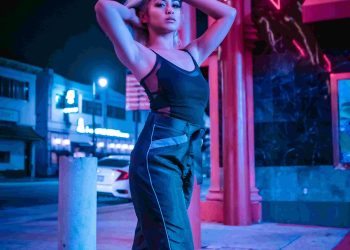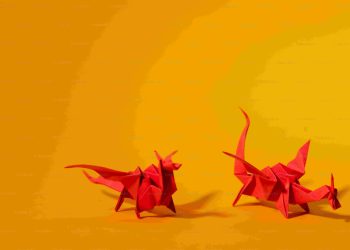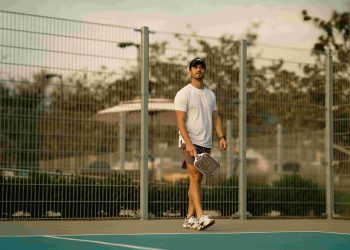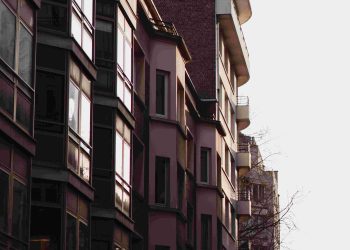Urban Nonconformist Trends and Styles

Breaking Free: The Art of Defying Convention
The most audacious act in any era is to carve out an identity that actively challenges the norms of the time. In cities where individuality is often buried under loud conformity and crowded anonymity, urban nonconformist styles are a loud and fearless declaration of self. When I first moved to a sprawling metropolis after years in a quiet suburban town, I was astounded not just by the rush of life, but by how personal expression in attire, art, and even physical spaces became art forms of rebellion. These expressions weren’t just fashion choices—they were philosophical statements, socio-political commentaries, and psychological armor.
But why does this need to rebel against the grain resonate so deeply? In psychology, Carl Jung’s concept of “individuation”—the process of becoming one’s most authentic self—sheds light on these trends. Urban spaces, with their density of people and ideas, amplify the need to stand out, blending creative platforms with personal statements. The street turns into a canvas, clothing becomes symbolic language, and architecture morphs into psychological landscapes.
The Intersection of Culture, Technology, and Nonconformity
The rise of technology has added layers to urban nonconformity. Social media has amplified voices and styles once relegated to the fringes, creating microcosms of culture. Apps like Instagram and Pinterest feed into visual storytelling, promoting an aesthetic that defies mass-market homogeneity. On TikTok, for instance, niche movements like “art hoe,” “cottagecore,” and “goblincore” celebrate deliberately unconventional interpretations of beauty and belonging. Algorithms, paradoxically both homogenizing and radicalizing, have played a pivotal role in this cultural evolution.
It’s not just fashion or personal style. Nonconformist architecture, urban green spaces, and communal economics such as co-housing projects are rising as acts of defiance against corporatized monotony. Looking to the future, architects are already reimagining urban environments with modular housing and environmentally integrated public spaces aimed at breaking the sterile grid. Engineers and city planners are incorporating AI technologies to create spaces that adapt to user demands without stripping away individuality—a union between algorithm and human needs.
The Philosophy of Disruption: Values Over Trends
Nonconformity is not simply an act of rebellion—it’s a deeply philosophical stance against the commodification of choice. As philosopher Slavoj Žižek argued, modern capitalism often commodifies rebellion, transforming even acts of defiance into products to be marketed. The challenge, then, becomes one of staying authentic in the face of mass consumption.
Here lies an essential practice for the individual: critical thinking and values-based living. The artist who hand-paints a mural on the side of a crumbling urban building chooses expression over commercial viability. Similarly, community organizers who repurpose abandoned spaces into hubs for education and co-creation are actively redefining what urban life can be. There’s a discipline to nonconformity when driven by values rather than fleeting trends—it demands introspection and a commitment to impact rather than optics.
Practical Pathways to Urban Individuality
-
Embrace your skillset.
Whether you specialize in fashion, coding, painting, or gardening, use your craft to contribute distinctively to your community. -
Seek out local movements.
Supporting small businesses and local artists brings you closer to those who shape the culture around you. -
Create shared spaces.
Is there an unused plot of land or an empty space in your neighborhood? Reach out and explore community-oriented transformation opportunities. -
Commit to lifelong learning.
Read, listen, and watch content that gives you a deeper understanding of cultural, technological, and intellectual trends. -
Take purposeful risks.
Nonconformity often means acting without the guarantee of social or financial reward. Design a life that aligns with your values, even when it’s uncomfortable.
The Urban Future: Nonconformity as a Human Necessity
As urban centers grow denser, the need to carve out individuality becomes even more urgent. The symbiotic relationship between physical spaces and personal identity is intensifying, and cities of the future will likely balance hyper-technology with deeply human needs for creativity and expression. Imagine a future where neighborhoods are co-constructed by their residents, where every public wall tells a unique story, where the forms of artistic resistance are as diverse as the people themselves.
This vision, however idealistic, hinges on one critical factor: action. Starting small—wearing an outfit that defies expectations, collaborating on a mural, organizing a storytelling meet-up—builds momentum. Change begins with a series of individual acts that snowball into movements redefining urban aesthetics and culture.
To live authentically in increasingly homogenized environments requires not just courage but a constant willingness to disrupt the ordinary. The greatest cities, after all, were shaped not by those who conformed, but by the relentless few who dared to imagine differently.

